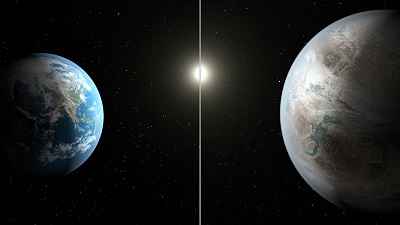
We continue now into our investigation of a claim made by an atheist who charges that the Bible is full of what he considers unbelievable natural and supernatural characters and creatures:
“He follows a holy book with a jealous & genocidal god, ghosts, zombies, seers, devils, demons, witches, satyrs, unicorns, talking animals, a man who lived in a fish and a 7 headed dragon.”[1]
In my previous article I dealt with unicorns and his misunderstanding of God as a “jealous & genocidal god.” Now we move onto satyrs – and as it turns out devils and demons fit in here too, so we’ll cover them instead of Jonah as I indicated in the previous article. Continue Reading




